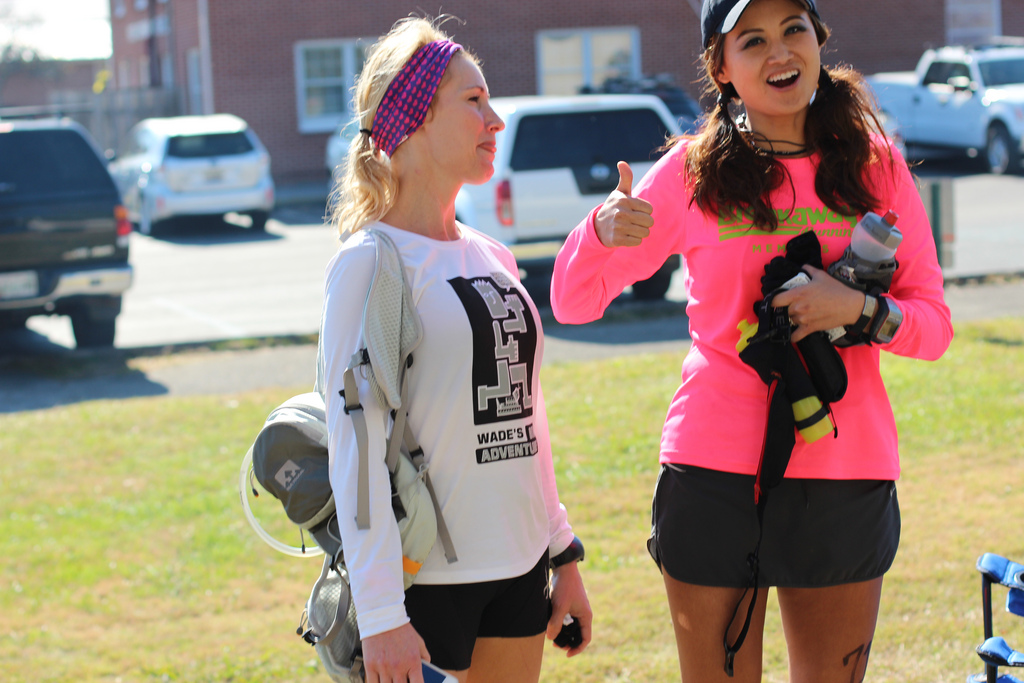Dehydration is the number-one affliction of runners. Any runner can become dehydrated, under any conditions.
Athletes who train for and participate in marathons are at particularly high risk. That\’s because the longer you run, the more difficult it is to replace as much fluid as you lose. Most people can absorb about 20 ounces of water an hour — about the size of a normal cycling bottle. In hot weather, it\’s possible to lose twice that amount per hour.
But dehydration isn\’t just the territory of hot summer days: In cooler weather, your body can trick you into thinking you\’re not thirsty, or that you don\’t need to drink if you aren\’t sweating.
It\’s simple math: Drink 20 oz and sweat 30, and you\’re at -10 oz. With every hour, the fluid debt increases. When you start lose more than about 2.5% of your body weight, you\’re at risk of seeing the effects of dehydration which include:
- Loss of performance (running slower)
- Reduction in blood volume
- Lower sweat rate (which inhibits your body\’s ability to cool itself)
- Increased rate of muscle glycogen use (burning through your fuel more quickly than you can replace it — essentially leading to your muscles breaking themselves down in order to keep you going)
- Increased core temperature
Dehydration is also cumulative over a period of days, which means you could be mildly dehydrated before even starting a training run or race — especially a multi-day event like the Chattanooga Mountains Stage Race.
Availability — or lack thereof — is the big difference between trail running and road running. It\’s rare for convenience store to be available on (or even close to) a trail run, and you will never find a trail race with water stops every mile like many road marathons.
How should I hydrate?
Don\’t be frightened, but it\’s also possible to drink too much water — because you can flush out essential electrolytes that contribute to hydration and high performance. So obviously on longer runs, be sure to include an electrolyte supplement like Nuun tablets and drink before you\’re thirsty.
What may not be so obvious is that, on occasion, you might get lost. The, your 1-hour run turns into a 3-hour epic. So prepare a little more than you need if you\’re in unfamiliar territory.
- Drink before you\’re thirsty — but not so much that your stomach sloshes around.
- Start with a handheld bottle, like the CamelBak Quick Grip
- For longer runs, use a hydration belt
- At 2+ hours, consider a running-specific hydration backpack that won\’t jostle around and leave you sore.
That\’s all for this installment. Run smart — and check back next Monday!

